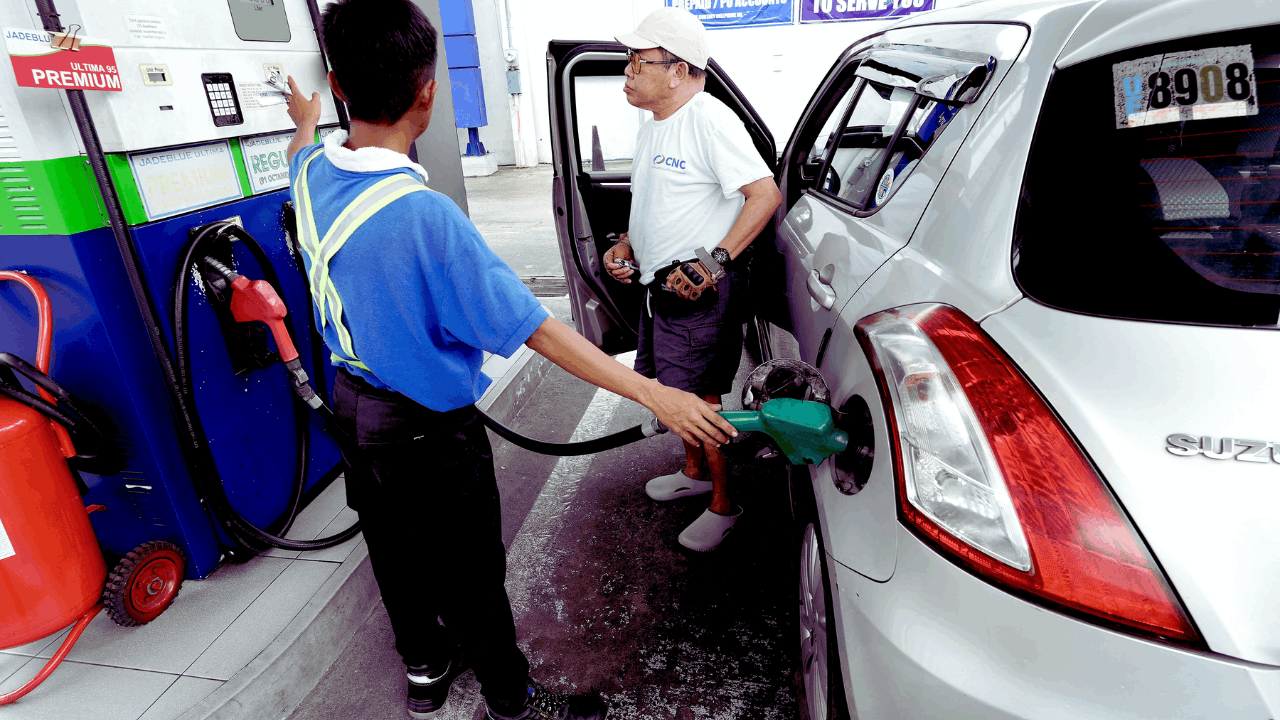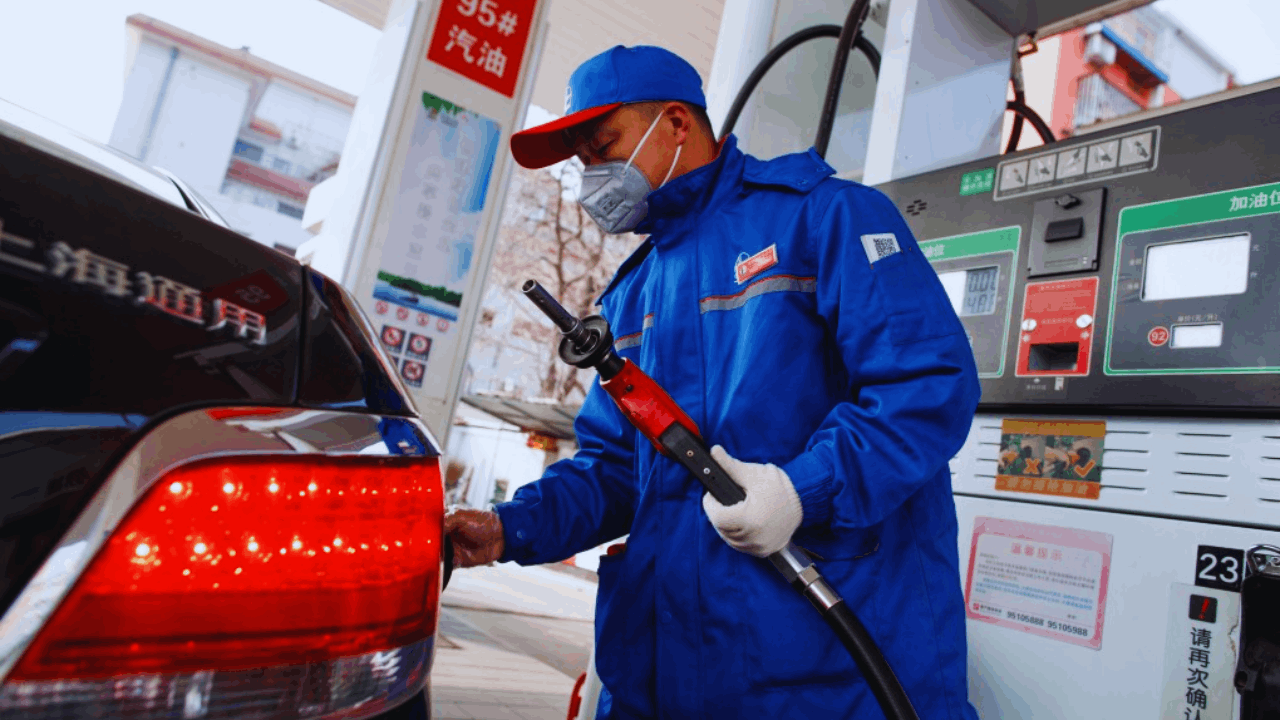You can build a steady job search plan when you understand the role and the places that hire. This guide explains how to find jobs for gas station attendants and how to present the skills employers value.
You will learn what attendants do, why the work can be a smart choice, and what to check before applying. You will also see reputable online sources where these roles are posted every day.
What Do Gas Station Attendants Do?
This section gives you a clear view of daily responsibilities and expectations. Gas station attendants support customers, keep the forecourt safe, and run basic store operations.

They process payments, handle receipts, and follow cash control procedures accurately. They also monitor fuel pumps, maintain cleanliness, and report issues that affect safety or service.
Customer Service and Transactions
Attendants greet customers, answer simple product questions, and offer directions within the store. They ring up purchases, verify payment methods, and count change with accuracy.

They process returns according to store policy and escalate unusual situations to a supervisor. Professional service reduces wait times and improves repeat business.
Fueling and Forecourt Safety
In some regions, attendants assist with fueling and check that pumps operate correctly. They watch for spills, set wet floor signs, and follow procedures to contain hazards quickly.
They keep fire extinguishers accessible and know who to call in an emergency. Consistent checks protect customers, vehicles, and site equipment.
Store Operations and Inventory
Attendants restock shelves, rotate products, and verify price labels for accuracy. They check cooler temperatures, replenish ice, and keep coffee stations clean and supplied.
They track low stock and notify managers so orders are placed on time. Organized shelves and tidy counters support faster service and better sales.
Why You Should Work as Gas Station Attendants
You can benefit from reliable demand, transferable skills, and flexible scheduling.

Gas stations operate long hours and need coverage across mornings, evenings, and nights.
This creates multiple entry points for new workers and career changers. With good performance, you can move into lead, shift, or assistant manager roles.
Steady Demand and Clear Duties
Fuel and convenience services support daily travel and local logistics. Sites need dependable staff to handle transactions, restocking, and routine cleaning.
Duties are structured and repeatable, which speeds up training and onboarding. Clear expectations help you track progress and meet targets consistently.
Flexible Shifts and Locations
Many stations operate around the clock and offer different shift patterns. You can request daytime, evening, or overnight work depending on availability.
Dense areas often have multiple stations within a short commute. This flexibility lets you balance work with school, family, or a second job.
Skill Building and Advancement
You gain cash handling accuracy, customer communication, and safety awareness. These skills transfer to supermarkets, retail pharmacies, and quick service restaurants.
Strong attendants are often promoted to keyholder or shift lead positions. Added responsibilities bring pay growth and broader management experience.
What to Consider When Looking for Jobs as Gas Station Attendants
A simple plan saves time and increases response rates. Confirm your right to work, schedule flexibility, and transportation to the site.

Prepare a short resume that highlights reliability and basic retail skills. Decide whether you want full time employment or part time hours before applying.
Requirements and Qualifications
Most employers look for a high school diploma or equivalent and strong punctuality. Basic math, clear communication, and comfort with point of sale systems are expected.
Some locations require age minimums for late shifts or certain product categories. A clean safety record and professional references help your application stand out.
Safety Training and Emergency Readiness
Attendants should know spill response steps and how to shut down pumps if needed. Employers provide site specific training on alarms, cameras, and incident reporting.
You should learn where extinguishers and first aid supplies are kept on day one. Safety habits protect you, customers, and company property.
Scheduling, Pay, and Benefits
Review base pay, shift differentials, and holiday policies before you accept. Ask about overtime rules, break schedules, and how schedule swaps are handled.
Confirm uniform requirements and whether footwear or jackets are reimbursed. Clarify eligibility timelines for health benefits or discounts if they apply.
Employer Types and Work Environments
You can work for major fuel brands, franchise operators, or independent stations. Some sites emphasize full service fueling while others focus on retail and quick food.
Urban locations can be busier with shorter transactions and high foot traffic. Rural stations may require broader duties with longer service interactions.
Where to Find Jobs as Gas Station Attendants Online
Focus on platforms that post hourly and retail jobs with clear filters. how to find jobs for gas station attendants for reach and retail focused boards for speed.

Add company career pages to contact employers directly. Check postings daily and apply early to improve your chances.
General Job Boards and Aggregators
Large job boards list thousands of retail and service roles across regions. You can filter by title, distance, shift type, and pay range.
Examples include Indeed, LinkedIn, Glassdoor, and ZipRecruiter with frequent gas station listings. Saved searches and alerts help you respond quickly to new openings.
Hourly and Retail Focused Platforms
Some sites specialize in convenience, retail, and hospitality work. They allow quick profiles, simple applications, and messaging with hiring managers.
Examples include Snagajob and Jobcase with categories for cashiers and attendants. These boards are useful when you want fast interviews for nearby shifts.
Company Career Pages and Franchise Networks
Many brands list openings on their own career portals. You can search by city and apply for cashier, attendant, or shift lead roles.
Examples include Circle K, Shell, BP, Chevron, and 7-Eleven across multiple countries. Direct applications show motivation and route you to store managers faster.
Local Portals and Community Sources
City and regional employment sites often carry listings from franchise owners. Community college job boards and local workforce centers add entry level roles.
Neighborhood groups and community pages can share urgent hiring needs. These sources help you find opportunities that might not appear on large boards.
Application Tips for Online Success
A straightforward process makes hiring managers confident in your fit. Keep your resume one page with the most recent jobs first.

Use simple language that highlights cash handling, customer service, and reliability. Include availability windows so schedulers can match you to open shifts.
Resume and Profile Essentials
List your last two or three roles with short descriptions of duties and results. Mention cash drawer accuracy, daily sales support, and cleanliness standards.
Add any customer service awards or attendance recognition you have earned. Upload a professional photo only if the platform allows and you feel comfortable.
Screening, Interviews, and Assessments
Expect a brief phone screen that checks schedule flexibility and commute time. In person interviews often include simple scenario questions about customers and safety.
Some employers use short math or till tests to confirm accuracy. Arrive early, dress neatly, and bring a printed resume for the manager.
After Offer and Onboarding Preparation
Review offer details in writing and confirm start date and shift pattern. Ask about training length, uniform pickup, and any documents to bring.
Learn the store layout, pump numbering, and emergency contacts during your first shift. Keep notes so you can repeat tasks the same way every time.
Daily Success Habits on the Job
Consistent routines make shifts smoother and more productive. Start by checking registers, supplies, and forecourt condition.

Communicate with the previous shift to learn about open issues. Finish by restocking and cleaning so the next shift begins on time.
Service Speed and Accuracy
Serve customers promptly while keeping eye contact and a friendly tone. Count change carefully and verify receipts before closing each sale.
Resolve small problems on the spot and call a supervisor for exceptions. Speed with accuracy increases customer satisfaction and protects store metrics.
Site Cleanliness and Presentation
Keep counters clear, floors dry, and trash bins emptied regularly. Wipe down pumps and handles to maintain a clean appearance.
Refill paper towels and windshield fluid if the site provides these items. Cleanliness supports safety and leaves a positive impression.
Teamwork and Communication
Share quick updates during shift handovers on pump issues or stock needs. Ask for help during rushes and return the favor when others are busy. Report suspicious activity or damaged equipment immediately. Good communication keeps the store safe and efficient.
Conclusion
You now know the role, the benefits, and the steps to prepare for this work. Choose platforms that post reliable openings and apply with clear evidence of accuracy and service.
Start today by setting alerts on a general board, a retail focused site, and a few brand pages so you can show employers you know how to find jobs for gas station attendants and are ready to work.